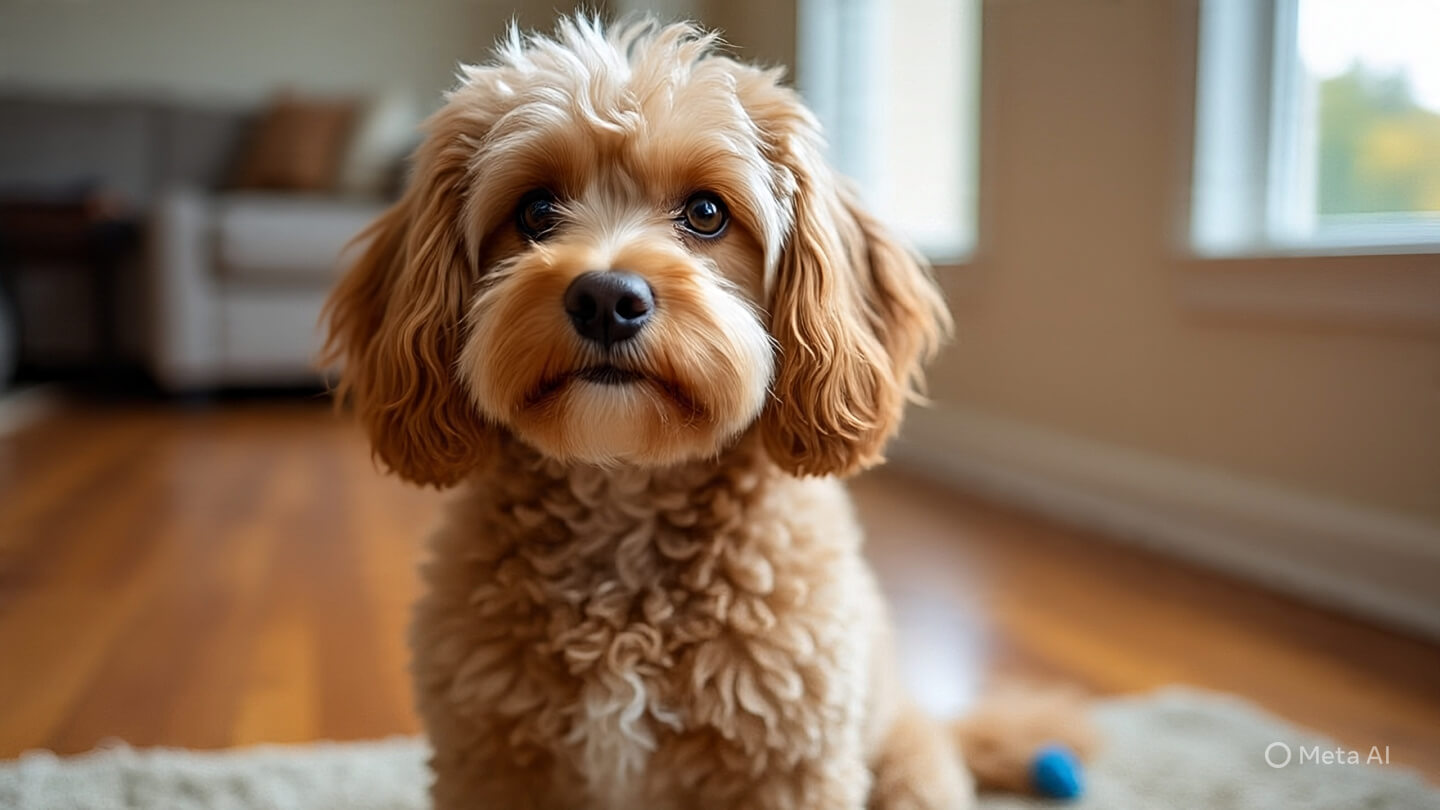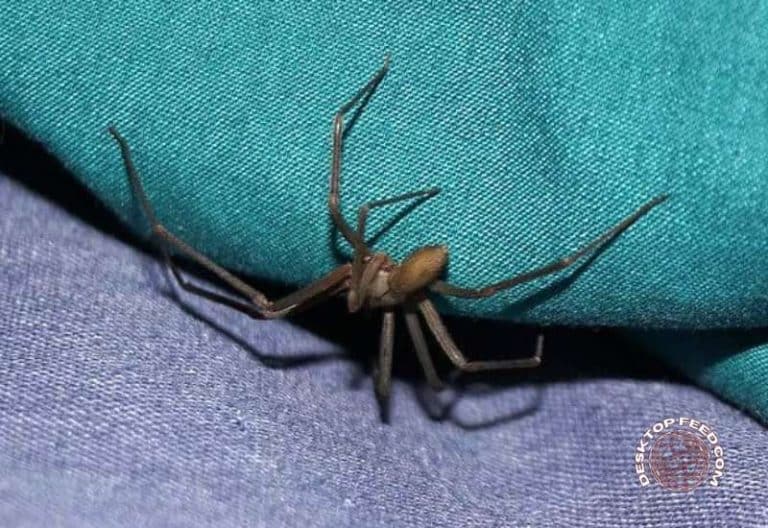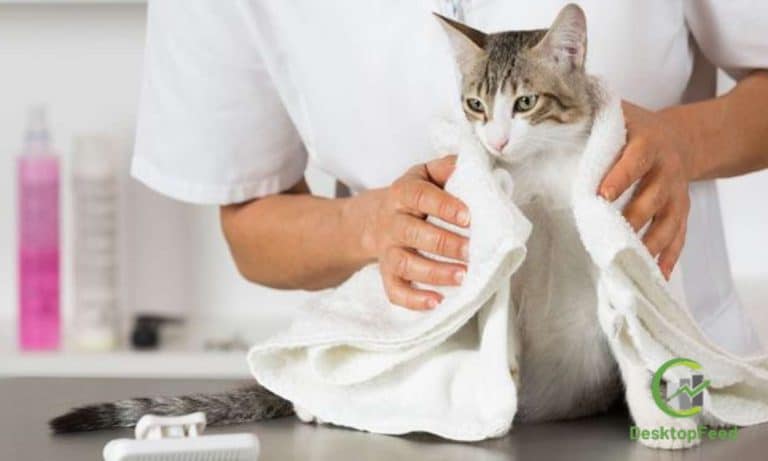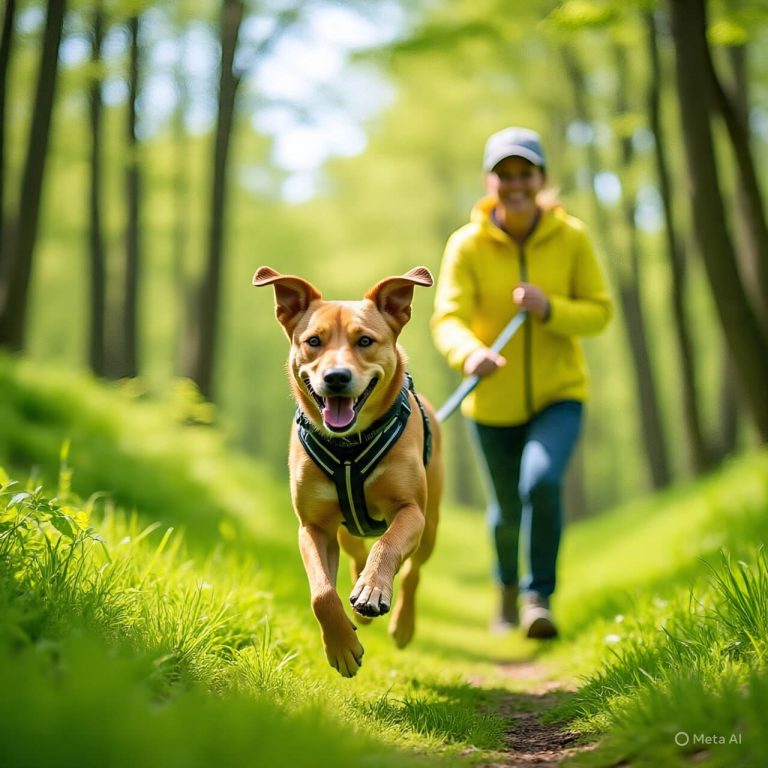The Ultimate Cockapoo Guide (Care, Training, Costs & More)

What Is a Cockapoo?
A cockapoo is a cross between a Cocker Spaniel and a Poodle. This charming companion blends the Cocker’s sunny, people-pleasing nature with the Poodle’s smarts and low-shedding coat tendencies. Because “cockapoo” isn’t a single standardized breed in major kennel clubs, you’ll see variety in size, coat, and personality—but the through-line is a social, clever, and affectionate dog that thrives in family life.
Why the cockapoo is so popular
The cockapoo checks a lot of boxes: friendly with kids, adaptable to apartment or suburban living, quick to train, and famously cute. Add in that signature teddy-bear look, and it’s easy to see why the cockapoo has become one of the world’s favorite doodle-type companions.
Origins & History
From Cocker Spaniel × Poodle to beloved family dog
Designer crosses started turning heads in the mid-20th century, when breeders aimed to combine the best of two breeds. The cockapoo’s intention was simple: pair the Poodle’s brainy, often lower-shedding coat with the Cocker’s sweet, outgoing temperament. Decades later, the cockapoo is loved across continents for exactly that mix.
Generations explained (F1, F1b, Multigen)
- F1 cockapoo: First-generation (Cocker × Poodle).
- F1b cockapoo: Backcross (cockapoo × Poodle or cockapoo × Cocker), often used to nudge coat traits or temperament.
- Multigen cockapoo: Several generations of cockapoo-to-cockapoo breeding for more consistency.
Knowing the generation helps set coat and size expectations, though individual dogs still vary.
Cockapoo Characteristics

Size: Small to medium (varies by Poodle parent size – toy, miniature, or standard)
Weight: 12–30+ lbs, depending on size category
Lifespan: 12–15 years on average
Coat Type: Curly, wavy, or straight; often low-shedding
Colors: Cream, apricot, red, chocolate, black, sable, parti, phantom, merle
Temperament: Friendly, affectionate, and highly social
Energy Level: Moderate to high; loves daily walks and playtime
Intelligence: Very smart and quick to learn new commands
Trainability: High, responds well to positive reinforcement
Compatibility: Great with kids, seniors, and other pets when socialized
Grooming Needs: Regular brushing plus professional grooming every 6–8 weeks
Common Health Issues: Ear infections, hip dysplasia, patellar luxation, eye problems
Cockapoo Sizes & Body Types
Toy, Miniature, and Standard cockapoo
Breeders commonly group the cockapoo by Poodle parent size:
- Toy cockapoo: Compact companion ideal for small spaces.
- Miniature cockapoo: The most popular—portable but sturdy.
- Standard cockapoo: Larger, great for active households.
Height, weight, and growth timeline
Expect a wide range: from roughly 9–14 inches at the shoulder for toy/mini lines up to 15–18+ inches in larger lines. Adult weights can span from under 12 lbs to 30+ lbs. Most cockapoo puppies hit major growth spurts between 3–8 months and reach near-adult size by 12 months, filling out through 18 months.
Temperament & Personality
Affection level, intelligence, and energy
A cockapoo is typically affectionate, eager to please, and quick on the uptake. They’re energetic enough to love daily walks and play, yet not so intense that they become unmanageable for busy families. Because the cockapoo is so people-oriented, they excel in positive-reinforcement training and relish mental challenges.
Cockapoo with kids, seniors, and other pets
With appropriate socialization, the cockapoo meshes beautifully with respectful children and coexists well with other pets. Seniors appreciate the breed’s intuitive, companionable vibe. As with any dog, teach kids to handle a cockapoo gently and give the dog quiet space when needed.
Are Cockapoos Hypoallergenic?
Shedding, dander, and allergy realities
No dog is truly hypoallergenic. However, many cockapoo dogs shed less and produce less dander than heavy-shedding breeds, making them more tolerable for some allergy sufferers. Coat type matters: curlier coats may hold on to shed hairs more than straight coats, which can help around the house but still require diligent grooming.
Managing allergies in the home
If allergies are a concern, meet the exact cockapoo you plan to bring home. Keep up with grooming, vacuum regularly with a HEPA filter, bathe the dog as advised, and wash bedding frequently. Managing expectations—and the environment—goes a long way.
Coat Types, Colors & Shedding
Curly, wavy, and straight coats
A cockapoo’s coat can be:
- Curly: Similar to a Poodle; often lower-shedding but mat-prone.
- Wavy: The classic cockapoo look; soft and manageable with routine care.
- Straighter: Less common; may shed a bit more.
Common colors and patterns
You’ll find cockapoo coats in cream, apricot, red, chocolate, black, sable, parti (two-tone), phantom, and merle (in some lines). Color does not predict temperament—but it sure adds to the cockapoo’s charm.
Grooming & Maintenance
Daily, weekly, and monthly routines
Daily: Quick brush-out (especially behind ears, armpits, and tail), eye wipe if needed, and a once-over for burrs or debris after walks.
Weekly: Thorough brushing and combing to the skin to prevent mats, plus ear checks—cockapoo ears can trap moisture.
Monthly: Nail trim, bath as needed (often every 4–6 weeks), and tidy feet/sanitary areas.
Professional grooming schedule and costs
Many cockapoo owners book a full groom every 6–8 weeks. Costs vary by location and coat length, but regular appointments keep the coat mat-free and comfortable.
Ear, teeth, and nail care for a cockapoo
Floppy ears need ventilation and gentle cleaning to prevent infections. Brush teeth several times a week (daily is ideal) and schedule annual dentals per your vet’s advice. Keep nails short to maintain healthy posture and prevent snags.
Health & cockapoo Lifespan
Common issues (ears, hips, eyes, patellas)
A healthy cockapoo can live 12–15 years or more. Potential issues include ear infections (due to floppy ears), hip dysplasia, patellar luxation (loose kneecaps), and hereditary eye conditions like PRA. Not every cockapoo will face these; responsible breeding and preventive care reduce risks.
Health testing and insurance tips
When working with a breeder, ask about OFA hips/patellas, eye exams, and relevant genetic tests for both Poodle and Cocker lines. Pet insurance can help smooth out surprise costs; compare plans that cover hereditary issues and chronic care—smart for any cockapoo owner.
Lifespan and healthy aging
Help your cockapoo age well with a lean body condition, joint-friendly exercise, regular dental care, and senior wellness checks. Adjust diet and activity as needs shift.
Exercise & Enrichment
How much exercise a cockapoo needs
Most adult cockapoos thrive on 45–90 minutes of daily activity split into walks and play sessions. Puppies need shorter, age-appropriate bursts plus lots of naps. A bored cockapoo may invent its own “fun” (like sock thievery), so plan on consistent outlets.
Brain games and low-impact activities
Puzzle feeders, snuffle mats, scent games, basic agility, and hide-and-seek are perfect for a clever cockapoo. For low-impact days, practice training cues or short nosework games—you’ll meet mental needs without overdoing it.
Training & Socialization
House training and crate training
Take puppies out frequently (after meals, naps, and play). Reward outdoor potty success immediately. Crates are excellent management tools: they give your cockapoo a cozy den and help prevent accidents while you build routines.
Leash manners, recall, and impulse control
Teach loose-leash walking early—reward attention and slack in the leash. Build a rock-solid recall with high-value rewards and short, successful reps. Practice simple impulse-control games like “wait” at doorways to keep an enthusiastic cockapoo polite.
Preventing separation anxiety in a cockapoo
Because a cockapoo loves company, practice calm alone-time from day one. Start with seconds, then minutes, then longer stretches. Pre-departure enrichment (a stuffed chew or puzzle) plus neutral exits and entries help create a confident, independent dog.
Diet & Nutrition
Puppy, adult, and senior feeding plans
Feed a puppy cockapoo a high-quality puppy formula split into 3–4 meals, transitioning to 2 meals by adulthood. Senior cockapoos may need fewer calories and joint-friendly nutrients—work with your vet to tailor the plan.
Treats, supplements, and weight control
Treats are training gold—just keep them to ~10% of daily calories. If your cockapoo needs joint support or skin/coat help, ask your vet about omega-3s or specific supplements. Keep an eye on the waistline; a trim cockapoo is a healthy cockapoo.
Living With a Cockapoo
Apartment vs. house living
A cockapoo adapts readily to apartments provided daily walks, play, and mental stimulation are non-negotiable. In a house with a yard, don’t rely on the yard alone—cockapoos want interaction, not just space.
Travel, climate, and daily schedule
Cockapoos are generally good travelers. Crate training makes car rides and hotel stays easier. In hot weather, walk during cooler hours and watch for overheating. In cold climates, a light coat may help smaller or lean cockapoos stay comfy.
Costs & Budgeting
Adoption vs breeder prices
Adoption fees are typically lower and often include initial vetting. Ethical breeders may charge more but should provide health testing, early socialization, and support. Whether you adopt or buy, the cockapoo’s lifetime costs matter more than the initial price.
First-year vs ongoing costs
Budget for vaccines, spay/neuter, microchipping, crate and supplies, training classes, grooming, quality food, and pet insurance. After year one, the cockapoo’s recurring costs include food, grooming every 6–8 weeks, routine vet care, and enrichment.
Choosing a Responsible Breeder or Adoption
Red flags to avoid
Avoid sellers who won’t let you visit (physically or virtually), refuse health records, won’t discuss parents’ testing, or push for quick cash-only sales. A reputable source will welcome questions about your suitability for a cockapoo.
Questions to ask and paperwork to see
Ask about socialization protocols, early temperament observations, and health guarantees. For breeders, request parent test results and vet records. For rescues, ask about behavior notes and medical history. Trust your gut—your future cockapoo deserves transparency.
Puppy Prep Checklist
Supplies and setup
Have ready: crate, bed, food/water bowls, harness, leash, ID tags, poo bags, grooming tools (slicker brush, metal comb), enzymatic cleaner, chew toys, puzzle feeders, and training treats. Set up a quiet sleep area before your cockapoo arrives.
First-week plan for your cockapoo
Keep the first week calm and predictable. Stick to a potty schedule, short training sessions, gentle introductions, and plenty of naps. Capture good behavior and reward it—your cockapoo learns fast.
Senior Cockapoo Care
Mobility, cognition, and comfort
As a cockapoo ages, add rugs for traction, ramps for stairs, and orthopedic beds. Brain games don’t stop—simple scent work and easy shaping sessions keep senior cockapoos sharp and content.
End-of-life planning with compassion
Speak with your vet about pain control, mobility aids, and quality-of-life assessments. Planning ahead is an act of love and ensures your cockapoo’s comfort.
Pros & Cons of Owning a Cockapoo
What owners love
- Friendly, adaptable, kid-compatible companion
- Trainable and eager to please
- Often lower-shedding than many breeds
- Great size range—there’s a cockapoo for most homes
Challenges to consider
- Regular grooming commitment (brushing + pro grooms)
- Social dog—may dislike long hours alone
- Energy and brains require daily outlets
- Variability in size/coat/temperament across lines
Cockapoo vs Cavapoo: Key Differences
| Feature | Cockapoo | Cavapoo |
|---|---|---|
| Parent Breeds | Cocker Spaniel × Poodle | Cavalier King Charles Spaniel × Poodle |
| Size Range | Small to medium (12–30+ lbs) | Small (9–20 lbs) |
| Temperament | Energetic, playful, outgoing | Gentle, calm, affectionate |
| Energy Level | Moderate to high – needs daily exercise | Moderate – enjoys play but also loves lounging |
| Coat Type | Curly, wavy, or straight | Soft, wavy, or curly |
| Coat Colors | Wide variety (cream, red, chocolate, black, parti, etc.) | Often solid or two-tone (apricot, blenheim, ruby, black & tan) |
| Trainability | Highly intelligent, quick learner | Highly intelligent, eager to please |
| Shedding | Low to moderate (depends on coat) | Low to moderate (depends on coat) |
| Lifespan | 12–15 years | 10–15 years |
| Best For | Active families, people who enjoy outdoor activities | Families, seniors, and those wanting a calm companion |
Conclusion: Is a Cockapoo Right for You?
If you’re looking for a clever, affectionate, family-friendly dog that thrives on companionship and interactive living, the cockapoo is hard to beat. Provide structure, positive training, consistent grooming, daily enrichment, and plenty of Adventures for Pets, and your cockapoo will repay you with years of goofy grins and loyal cuddles. Do your homework—meet breeders or rescues thoughtfully, budget realistically, and prepare your home. With the right start, a cockapoo can be the heart of your household.
cockapoo haircuts

Cockapoo haircuts aren’t just about keeping your dog looking cute—they’re essential for comfort, hygiene, and coat health. Because cockapoo coats can range from curly to wavy (or even straighter), grooming styles may vary depending on texture, lifestyle, and personal preference.
Popular Cockapoo Haircut Styles
- Teddy Bear Cut – The most popular style, with a rounded face and fluffy body. Perfect for that “stuffed animal” look.
- Puppy Cut – Even length all over (usually 1–2 inches). Low-maintenance and keeps your cockapoo comfy.
- Lamb Cut – Short body hair with longer, fluffy legs—great for active cockapoos who love running and playing.
- Cocker Cut – Inspired by the Cocker Spaniel, with a fuller coat on the ears and feathering on the legs.
- Summer Cut – Very short all over to keep cool in hot weather (ideal for active outdoor dogs).
How Often to Groom
- Home Brushing: Daily or at least 3–4 times a week to prevent mats.
- Professional Grooming: Every 6–8 weeks to keep the coat healthy and manageable.
Maintenance Tips
- Always brush before bathing to prevent mats from tightening.
- Clean ears regularly—cockapoo ears can trap moisture.
- Trim around the eyes and sanitary areas between full grooms.
A well-groomed cockapoo not only looks adorable but also feels more comfortable and stays healthier in the long run.
FAQs
1) Do cockapoos shed?
Many cockapoos shed minimally, especially curlier-coated dogs, but no dog is truly shed-free. Regular brushing and grooming keep hair and dander under control.
2) How much exercise does a cockapoo need each day?
Plan on 45–90 minutes split between walks and play, plus brain games. Puppies and seniors need shorter, gentler sessions.
3) Are cockapoos good with children and other pets?
Yes—with proper socialization and supervision. Teach kids to handle the dog kindly and give your cockapoo quiet time when needed.
4) What’s the typical lifespan of a cockapoo?
About 12–15 years, sometimes longer with excellent care, a healthy weight, and regular vet visits.
5) How often should a cockapoo be professionally groomed?
Every 6–8 weeks works for most cockapoos, paired with weekly thorough brushing at home to prevent mats.
For more articles, visit: desktopfeed






